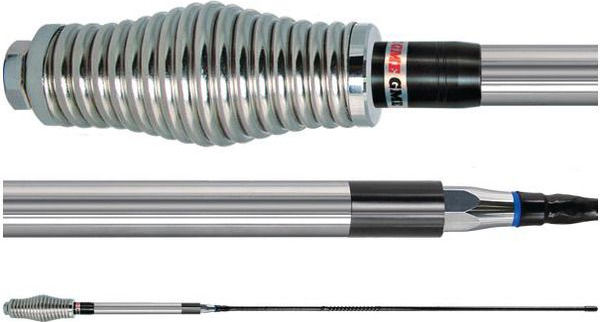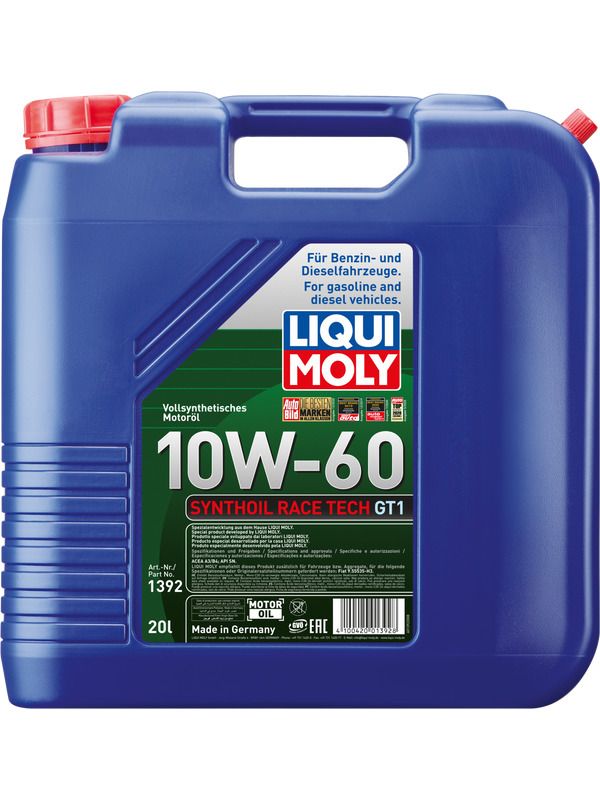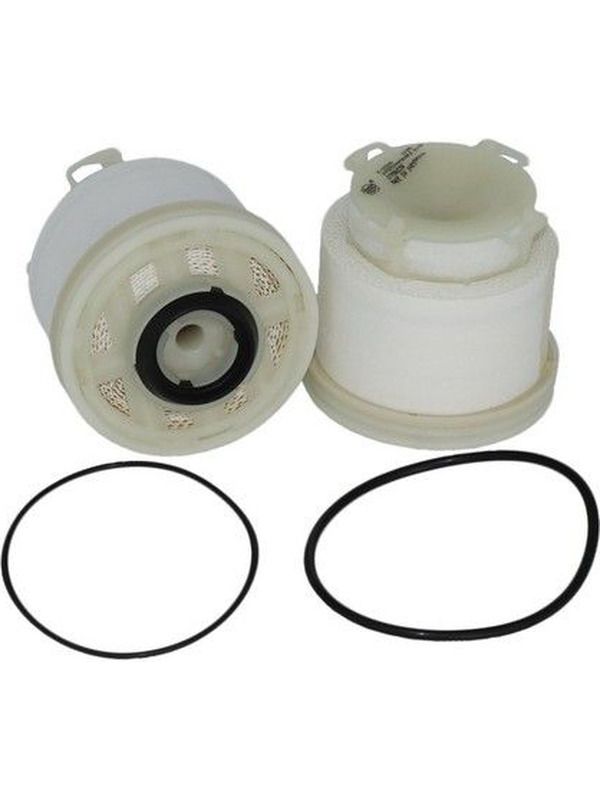Battery Basics: Understanding, Maintaining, and Replacing Your Car's Power Source
Battery Basics: Understanding, Maintaining, and Replacing Your Car's Power Source
The battery is like the heart of your car - it provides the vital spark that brings your vehicle to life. Just as a healthy heart keeps you going strong, a well-maintained battery ensures your car is up and running smoothly as well. Whether you’re a performance enthusiast or simply a daily commuter, understanding the ins and outs of your car’s source of power is essential.
Understanding Car Batteries
First things first, let’s peel back the curtain and look at what is under the hood. The battery provides that initial jolt of power needed to start the engine and ignite your journey. However, it is not just a box with wires attached to it, instead it works silently but tirelessly to convert stored energy into everything electrical in your vehicle involving a fascinating interplay of chemical reactions. While it seems like a small component, the battery’s voltage (measured in volts) and its capacity (measured in amp-hours) play a big role in determining its overall performance.
Voltage is like the electrical pressure that pushes the current through the system. In simple terms, it’s what gives the necessary jolt to start your car’s engine. A higher number of voltage means a higher potential for current to flow through. Amp-hours on the other hand, are all about battery capacity. This measurement indicates how much energy your car’s battery can store and deliver over time. It’s like the size of the fuel tank in your car - the bigger the number, the more energy the battery can store and deliver. For instance, if you have a battery with 50 amp-hours, it means it can deliver 1 amp of current for 50 hours, or 10 amps for 5 hours, and so on. This capacity matters especially when you’re running various electronics at the same time. A battery with a higher amp-hours can power more electronics at a given time without draining too quickly.
Maintaining Car Batteries
Now let’s talk about what we can do to keep your batteries in tip-top condition, because a healthier battery means less worry on your next adventure. Right off the bat, the first step to maintain our batteries is to check for any signs of corrosion or damage on the terminals and cables. Corrosion can look like white or greenish deposits around the terminals, and it’s caused by the chemical reactions happening from within the battery. If you spot some of this gunk, all you have to do is scrape off the big chunks, and use baking soda and water to neutralise the residue. Just remember to disconnect the battery terminals before you start cleaning.
Speaking of terminals, keeping them clean is crucial for maintaining a solid electrical connection. The terminals are like the communication hubs between your battery and the rest of the car’s electrical system. If they are covered in gunk, it can lead to poor electrical contact and your electronics might not work properly, or it can even cause engine starting issues. So a periodic wipe-down with a wire brush can go a long way in ensuring a healthy battery.
In the case of your car not hitting the road too often, long periods of inactivity can drain your battery as the Alternator that is connected to the engine which is supposed to charge your battery is not running, leaving you with a frustrating no-start situation. This is where a Trickle Charger comes to the rescue. A trickle charger is a low-amperage charger that maintains your battery charge over time. It’s like a gentle nudge to remind your battery to stay active even when the engine is not running. It’s especially useful for seasonal vehicles or cars that spend more time parked than on the move.
Replacing Your Car’s Battery
All good things must come to an end, and car batteries are no exception. As they age, they gradually lose their spark, and it’s just a natural part of a battery’s life cycle. How do we know if our batteries might be reaching the end of the road?
First off, keep an ear out for sluggish crank when starting your engine. We all are familiar with the energetic roar our engine makes every time we start it up, but if it starts to sound a bit tired and slow, it’s a clear sign that your battery might be on its last legs. Additionally, pay attention to your lights. If they suddenly dim, when you’re not expecting it, it could also be a way for your battery to say that they’re running out of juice.
You might be wondering, “how often should I be replacing my battery to avoid these situations?” We recommend that you consider a battery replacement every 3-5 years. Think of it as an investment and a preventive measure to keep you from being stranded unexpectedly, just like you wouldn’t want your favourite pair of running shoes to wear out mid-jog, you wouldn’t want your battery to give up on you in the middle of your trip.
Parting Thoughts
Your battery’s tucked away, out of sight, but definitely not out of mind, and hands-down one of the most crucial components under that hood. Understanding how it works, giving it the care it deserves and knowing the right time to bid it farewell are key to keeping your journey smooth, ensuring a reliable adventure with your loved ones. If you’re on the lookout for a new battery, our extensive range of Regular Car Battery and Performance Car Battery has got you covered, stocking high performance and reliable batteries from trusted brands such as Bosch and Energizer.
So keep those wheels turning, engines purring, and your battery charged!






